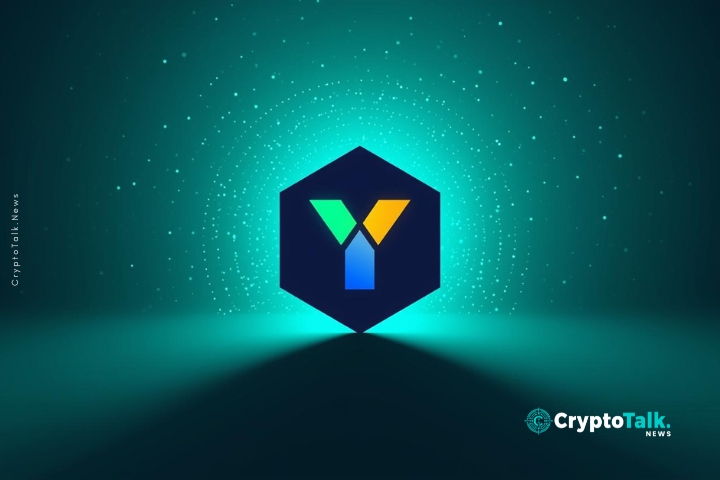Decentralized Finance Systems, or DeFi, is shaking up the world of finance in ways that were once hard to imagine. Powered by blockchain technology, DeFi is creating a financial system that’s more open, transparent, and efficient—without the need for banks or other intermediaries.
If you’ve ever wondered how something as complex as banking could change so dramatically, you’re not alone. Let’s dive into what makes DeFi such a revolutionary idea and how it’s impacting traditional banking as we know it.
DeFi Is Booming
DeFi platforms like Aave and Compound are leading the charge, offering services like borrowing and lending with interest rates that often beat traditional banks. A recent report from Chainalysis revealed that more than $250 billion in value is now locked in DeFi protocols. That’s a massive jump, and it’s proof that people are starting to trust these systems.
What Sets DeFi Apart?
Traditional banks depend on intermediaries to process your transactions. These middlemen not only slow things down but also add extra fees. DeFi, on the other hand, relies on smart contracts—self-executing agreements that live on the blockchain.
These smart contracts do all the heavy lifting, from approving loans to transferring funds, without the need for a middleman. This makes DeFi faster, cheaper, and arguably more trustworthy than traditional systems.
Breaking Barriers for the Underserved
One of the most exciting aspects of DeFi is how it’s opening doors for people who have been left out of the financial system. For many in underserved or rural areas, traditional banking is out of reach. DeFi platforms offer a solution, providing access to loans, savings, and investments—all without the need for a traditional bank account.
The Roadblocks Ahead
While DeFi is full of promise, it’s not without its challenges.
- Regulations: Governments around the world are still trying to figure out how to regulate decentralized systems.
- Security: With great power comes great responsibility, and DeFi platforms must work harder to prevent hacks and fraud.
- Learning Curve: For new users, navigating DeFi platforms can feel intimidating and overly technical.
What’s Next? A Blend of DeFi and Traditional Banking
Some experts believe the future lies in a mix of traditional finance and DeFi. By combining the trust and structure of banks with the innovation and efficiency of DeFi, we could create a financial system that benefits everyone.
Why It Matters
DeFi isn’t just a trend; it’s a shift in how we think about money and financial systems. By reducing costs, increasing transparency, and making financial services accessible to more people, DeFi has the potential to create a more equitable financial future.
It’s still early days, and there’s a lot to figure out. But one thing is clear: Decentralized Finance Systems is here to stay, and it’s changing the rules of the game for traditional banking.
Disclosure: The views and opinions expressed here belong solely to the author and do not represent the views and opinions of cryptotalk.news’ editorial.
Author
-
Asif Hassan is a skilled Crypto Content Writer and Business Growth Expert, specializing in creating engaging content and driving brand growth in the cryptocurrency space. He combines expertise in content marketing and strategy to help businesses thrive in the digital era.
View all posts



























